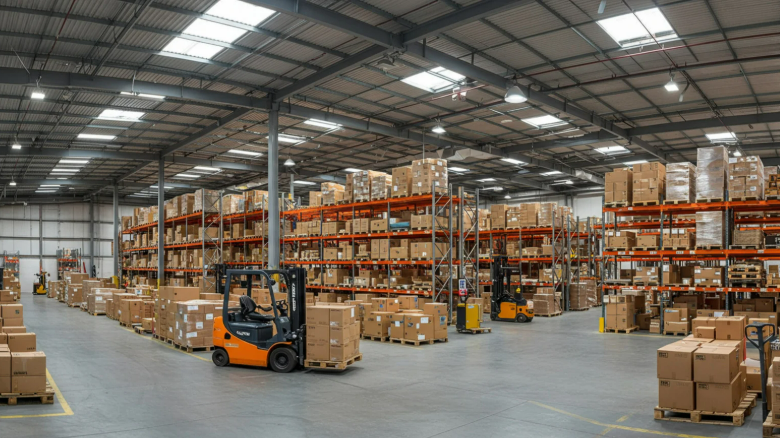How Customized Storage and Warehousing Solutions Meet Unique Business Needs

Businesses across industries face distinct requirements for storing, handling, and distributing their products. Modern storage and warehousing services are built to adapt to these diverse demands, ensuring that inventory remains secure, organized, and readily accessible. Through tailored layouts, smart technology, and flexible processes, customized facilities can optimize operations, control costs, and improve service levels.
Designing Product Flow for Efficiency
A well-organized product movement system is central to warehouse performance. Applying the concept of correct product flow in a warehouse allows operations to arrange receiving, storage, and dispatch in a logical sequence. This strategic layout minimizes unnecessary handling, reduces travel time, and supports faster order fulfillment. Clear pathways for goods also improve stock visibility and tracking, helping businesses maintain accurate inventory counts and prevent costly errors.
Adapting to Different Business Models
Warehousing needs vary widely depending on the industry. E-commerce operations, for example, require rapid turnover and real-time inventory data to handle high order volumes and seasonal peaks. Determining the right warehousing solution for e-commerce businesses involves weighing factors like storage density, automation capabilities, and scalability. Manufacturers and wholesalers may prioritize bulk storage capacity or specialized environments such as cold storage. Custom solutions ensure that each type of business receives the appropriate infrastructure, workflow, and technology to meet its specific operational goals.
See also: Business Support Hotline: 5173181159
Integrating Technology and Automation
Advanced technology plays a crucial role in customized warehouse operations. Modern facilities deploy inventory management software, automated picking equipment, and real-time data analytics to process orders quickly and accurately. These systems can be tailored to a company’s size, product mix, and distribution patterns, ensuring efficiency without unnecessary complexity. By aligning automation with actual business needs, warehouses achieve higher throughput and reduce manual labor costs while maintaining precision.
Improving Cost Control and Sustainability
Customization goes beyond operational speed to address long-term financial and environmental objectives. Optimized layouts cut down on energy usage and reduce the time forklifts and staff spend in transit. Energy-efficient lighting, eco-friendly packaging, and reusable materials help lower utility expenses and waste. Integrating sustainable practices into daily operations not only supports environmental responsibility but also delivers measurable cost savings over time.
Enhancing Scalability and Customer Satisfaction
A well-designed warehouse can grow alongside the business it serves. Customizable racking systems, flexible floor plans, and modular technology allow capacity to expand without major structural changes. This scalability ensures smooth operations during peak seasons or rapid growth phases. By maintaining accurate inventory levels and fulfilling orders quickly, businesses strengthen their ability to meet customer expectations, which is essential for repeat sales and brand loyalty.
Conclusion
Tailored warehousing strategies provide the flexibility and precision needed to manage complex inventory requirements, integrate new technologies, and support long-term growth. By focusing on efficient product movement, adaptable infrastructure, and sustainable practices, companies can improve operational reliability, control costs, and deliver a better experience for their customers in an increasingly competitive marketplace. These solutions are not just about storage—they are about creating a dynamic environment where space, technology, and process design work together to optimize every link in the supply chain. With the right planning and ongoing adjustments, a customized warehouse becomes a powerful engine for profitability, enabling businesses to stay agile, meet market demands, and build lasting customer relationships while maintaining a strong competitive edge well into the future.





